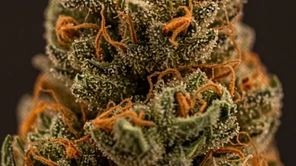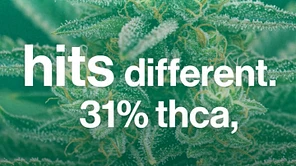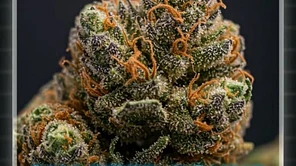Hemp and marijuana are both types of the Cannabis sativa plant, but they are legally and chemically distinct. The key difference lies in their Delta-9 THC content. Under U.S. federal law, hemp is defined as any cannabis plant containing no more than 0.3%
Delta-9 THC on a dry weight basis. Marijuana, on the other hand, is any cannabis plant with a Delta-9 THC concentration greater than 0.3%.
THCa is everywhere right now, but most people have no idea...
Tetrahydrocannabinolic acid (THCa) is a naturally occurring, non-intoxicating cannabinoid found in raw, living cannabis plants, including hemp.
It is the precursor to the psychoactive compound Delta-9 THC. This means that THCa itself will not produce a "high." However, when THCa is heated—through smoking, vaping, or cooking—it undergoes a chemical reaction called decarboxylation.
This process removes a carboxyl group, converting the THCa into Delta-9 THC, which is the compound that produces the euphoric effects associated with marijuana.
The reason THCa flower is so popular is that it allows vendors to sell a product that is technically legal hemp (since the raw flower is below the 0.3% Delta-9 THC limit), but which, when consumed by the user, becomes potent Delta-9 THC. This allows consumers in states with restrictive cannabis laws to access a potent, federally compliant product.











